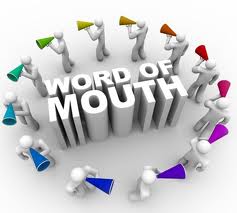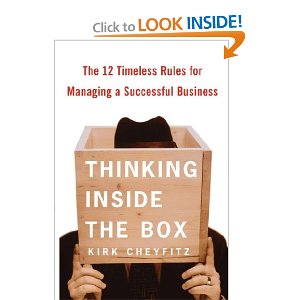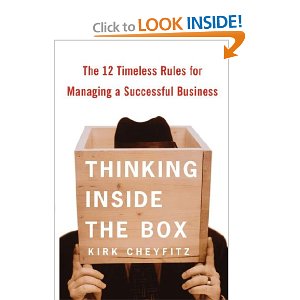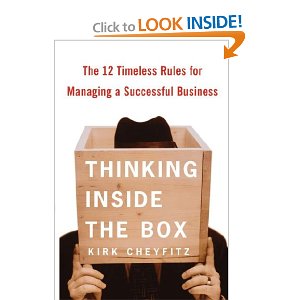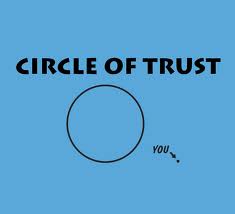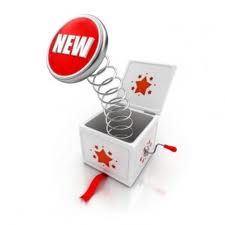 A few weeks ago I attended Boys & Girls Clubs of America’s Midwest Leadership Conference in Indianapolis as an exhibitor. I love conferences because they are great opportunities to learn and meet new people.
A few weeks ago I attended Boys & Girls Clubs of America’s Midwest Leadership Conference in Indianapolis as an exhibitor. I love conferences because they are great opportunities to learn and meet new people.
However, this time I walked away a little surprised at myself because the biggest takeaway for me didn’t come from any of the sessions or people I met, it was an ah-ha moment generated by a homeless person panhandling on the streets of downtown Indianapolis.
Meet Fred (or at least that was what I was told his name was). Fred is homeless and needs money. His revenue generating strategy is to sit on the street and ask people to give him money. From what I’ve seen, this is a fairly typical strategy employed by many homeless panhandlers.
However, Fred knows something that many non-profit organizations don’t understand and something that Seth Godin blogged about this morning:
The easiest way to get people to do what you want them to do… is to start with people who want what you want.
 Please take a close look at the two pictures of Fred that I’ve included in this morning’s blog post.
Please take a close look at the two pictures of Fred that I’ve included in this morning’s blog post.
Fred’s revenue strategy goes beyond the typical homeless person’s approach that I’ve seen, which includes tugging at my heart with a story about being stranded, cold, down on their luck, or hungry.
Fred figures that you already know the typical homeless person’s case for support, and he communicates that without having to say a word. However, he is trying to do something that makes him stand out from every other homeless person in downtown Indianapolis.
As you can see from these two pictures, he is flashing a simple message about the Presidential election to people who pass him on the street. If he sizes you up as a Republican, he flashes his anti-Obama sign. If he thinks you’re a Democrat, then he reaches for his anti-Romney sign.
Here are a few things that I think non-profit organizations can learn from Fred:
- A picture is worth a thousand words. Your case for support can be effectively supplemented using a visual or picture.
- Know your audience. Your case for support doesn’t change, but how you talk about it and present it can vary based upon your audience. Segmenting and targeting your audiences is critical to your fundraising success.
- Grab their attention. Prospects and donors are bombarded every day (in fact every minute of every day) with information from other non-profits and for-profits. You need to figure out how to cut through that noise if you want consideration. (Note: I wouldn’t advise that you use Fred’s tactic, but whatever you decide to do, it should be equally effective)
- Personalize your message. Fred’s approach of sizing people up by guessing their political affiliation base upon your appearance sends a powerful message of: “Oh, he is talking to me“. I’ve always believed that “general appeals, get generally ignored”.
- A smile and good humor go far. OMG . . . everyone is so serious and uptight nowadays. Using humor (e.g. jokes) can be dangerous when talking about serious issues; however, smiling, good humor (e.g. mood, temper, state of feeling, etc), and having fun when cultivating, soliciting or stewarding prospects and donors will likely set you apart from others.
Again, Seth Godin summed it up best in his post this morning better and quicker than I can: “The easiest way to get people to do what you want them to do… is to start with people who want what you want.”
Not only did I want Fred to get some food in his belly and get off of the street, but I wanted to laugh along and join in the joke that: 1) my small contribution can sway his vote in November and 2) this down on his luck gentleman was mocking Obama and Romney for their pandering to voters and donors. LOL (Maybe I’m over-thinking this, but I think I’m close)
How have you targeted your prospects and donors? How have you adjusted your messaging to different audiences without changing your case for support? What appropriate visuals have you used to convey and supplement your case for support? How do you prepare and support your volunteers to have fun, smile and break through the noise with their network of friends with your case?
Please use the comment section below to share your thoughts and experiences. Not only can we all learn from each other, but we can learn from some unexpected and surprising people. Please take a minute or two out of your busy day and share with your fellow non-profit professionals and volunteers.
Here’s to your health!
Erik Anderson
Founder & President, The Healthy Non-Profit LLC
www.thehealthynonprofit.com
erik@thehealthynonprofit.com
http://twitter.com/#!/eanderson847
http://www.facebook.com/eanderson847
http://www.linkedin.com/in/erikanderson847


